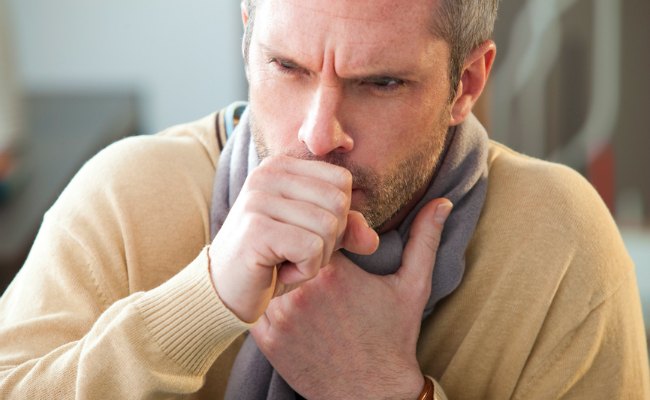Whooping cough can pose a serious threat to you and your children. More cases of whooping cough are beginning to pop up across the country. Two Plano students recently reported infection.
So, how is whooping cough detected?
What is Whooping Cough?
Whooping cough (Also know as pertussis) is a contagious respiratory tract infection. In most cases, it’s marked by a severe hacking cough followed by a high-pitched intake of breath that sounds like a “whoop.”
Before the vaccine was developed, whooping cough was considered a childhood disease. Now whooping cough primarily affects children too young to have completed the full course of vaccinations and teenagers and adults whose immunity has faded.
Deaths associated with whooping cough don’t happen often. However, deadly cases most commonly occur in infants. That’s why it’s important for pregnant women and other people who will have close contact with an infant to be vaccinated against whooping cough.
How is whooping cough spread?
Whooping cough is caused by bacteria. When an infected person coughs or sneezes, tiny germ-laden droplets are sprayed into the air and breathed into the lungs of anyone who happens to be nearby.
Whooping cough is thought to be increasing in occurrence for two main reasons:
- The whooping cough vaccine for children eventually wears off. This leaves most teenagers and adults susceptible to the infection during an outbreak.
- Children aren’t fully immune to whooping cough until they’ve received at least three shots. This leaves children 6 months and younger at greater risk of contracting the infection.
What are the symptoms of whooping cough?
Once infected with whooping cough it can take from 7-10 days for signs and symptoms to appear, though it can sometimes take longer. They’re usually mild at first and resemble those of a common cold. Examples of this include:
- Runny nose
- Nasal congestion
- Red, watery eyes
- Fever
- Cough
Eventually, symptoms worsen. Thick mucus accumulates inside the carrier’s airways, causing uncontrollable coughing. Severe and prolonged coughing attacks may:
- Provoke vomiting
- Result in a red or blue face
- Cause extreme fatigue
- End with a high-pitched “whoop” sound during the next breath of air
However, many people don’t develop the characteristic “whoop”. Sometimes a persistent hacking cough is the only sign that an adolescent or adult has whooping cough.
Infants may not cough at all. Instead, they may struggle to breathe or they may even temporarily stop breathing.
If you have whooping cough:
Call a doctor if prolonged coughing spells cause you or your child to:
- Vomit
- Turn red or blue
- Seem to be struggling to breathe or have noticeable pauses in breathing
- Inhale with a whooping sound
How do I prevent Whooping cough?
Whooping cough can be prevented with a simple pertussis vaccination found in the TDAP vaccine. It’s easy and effective. Since vaccination began, reports of cases of pertussis have decreased by about 80%.
Adults being vaccinated prevents the spread of whooping cough to children that are more susceptible to the bacteria.
Combine the best form of protection for this highly contagious infection with the professionalism and convenience of Star Wellness. Call Star Wellness to schedule a TDAP clinic and protect your employees today!
(Source: The Mayo Clinic)


